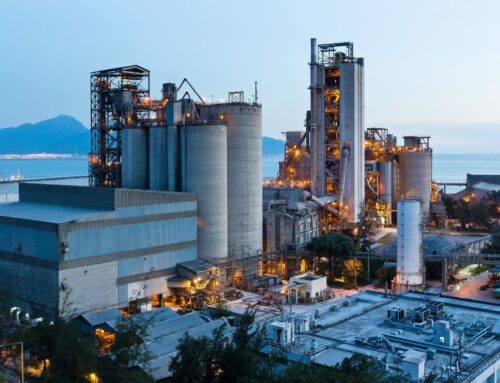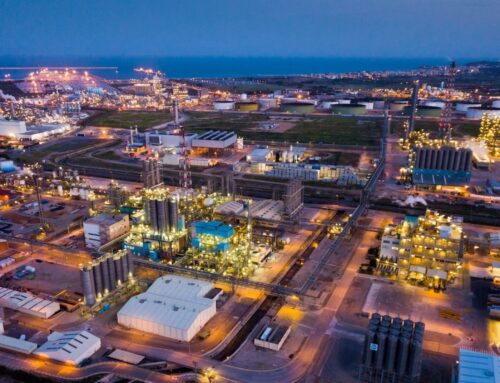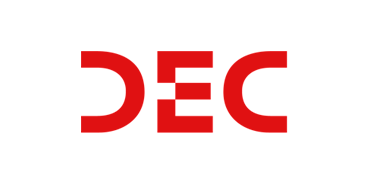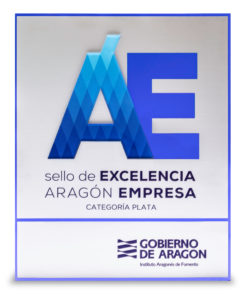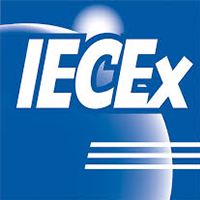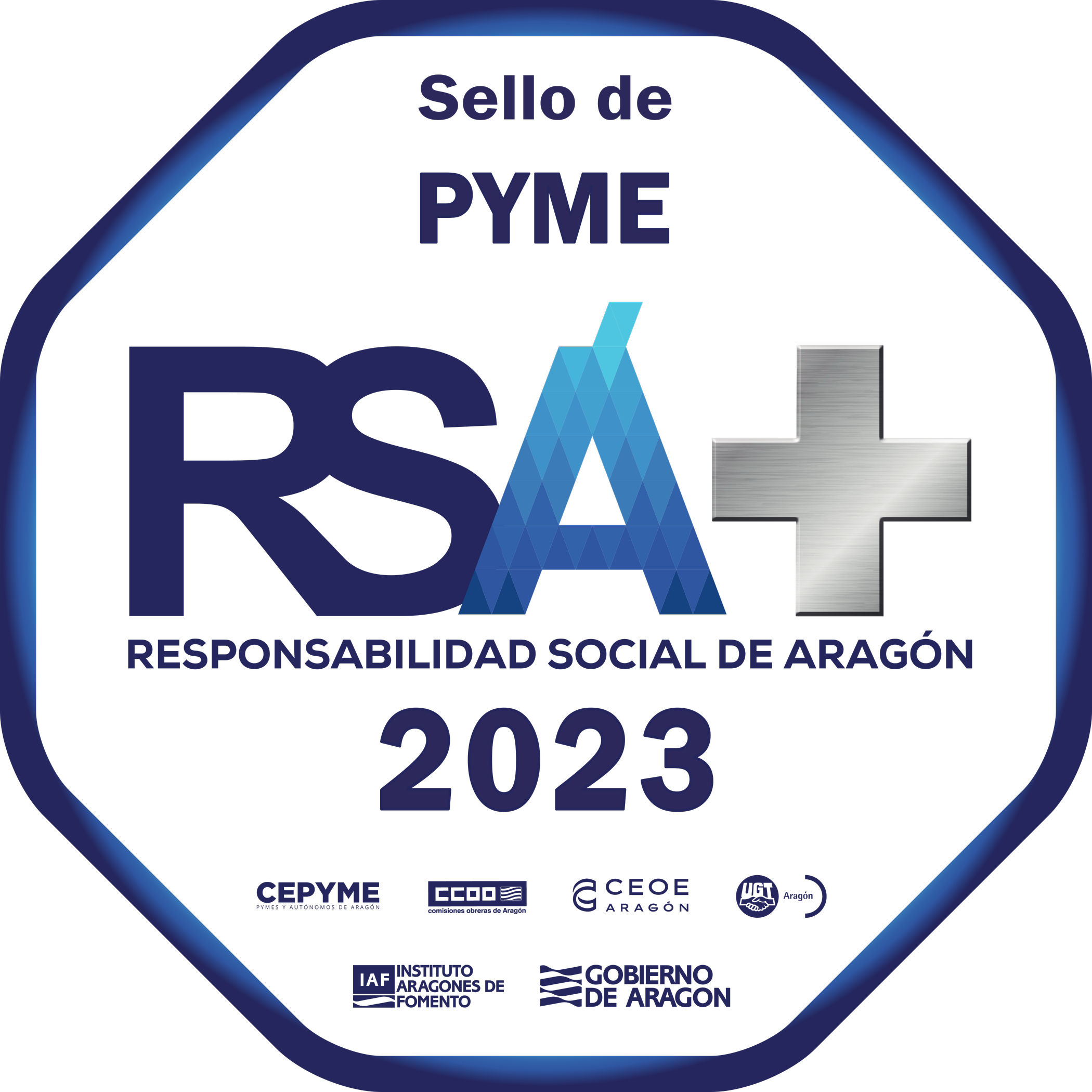In industrial environments with explosion risk, such as chemical plants, Oil&Gas facilities or bulk storage centers, choosing an ATEX luminaire is not just a matter of regulatory compliance. It is a technical decision that directly affects safety, operational continuity, and long-term maintenance.
However, it is still common to treat ATEX marking as a simple checklist: if the luminaire is certified, then it is assumed to be sufficient. But within this marking, there are different protection technologies, with very different behaviors under failures, component aging, or extreme conditions. All are legal. But not all provide the same protection.
What makes an explosion-proof luminaire different from the rest?
ATEX marking can be obtained through different technical solutions:
- Ex db (explosion-proof)
- Ex eb / ec (increased safety)
- Ex nC / nR (sealed or restricted breathing protection)
- Ex m (encapsulation)
- Ex op is (optical radiation, such as lasers or fiber optics)
All allow operation in classified zones, but not all respond equally when the environment stops being ideal.
An explosion-proof luminaire — with Ex db protection — is designed to contain an internal explosion without allowing it to propagate outside. Its enclosure acts as a physical barrier capable of withstanding the pressure generated in case of ignition, preventing the surrounding explosive atmosphere from igniting.
In contrast, technologies such as Ex eb / ec focus on preventing the generation of sparks or ignition sources. They perform correctly if everything is in good condition, but their protection level depends on the absence of internal failures: no humidity, no component aging, no loose connections.
This conceptual difference is key:
- Protection based on fault tolerance (Ex db)
- Protection based on fault avoidance (Ex eb / ec)
- Protection based on preventing the explosive atmosphere from entering (Ex nC / nR)
Deciding wisely: technical analysis beyond minimum compliance
For a maintenance or engineering manager, the goal is not just to install a certified product, but to ensure that the chosen solution withstands real plant conditions: vibrations, thermal cycles, humidity, corrosive atmospheres, or difficult access.
In this context, choosing an explosion-proof luminaire usually brings clear technical advantages:
- Greater structural robustness
- Better performance against material aging
- Reduced risk in case of undetected internal failure
- Lower dependency on human intervention to maintain protection
Moreover, these luminaires are designed for environments with frequent presence of explosive atmospheres (Zone 1), where the technical requirements must be at their highest.
On the other hand, solutions such as Ex eb / ec or Ex nC / nR may be perfectly valid in facilities where risk is low and controlled, and where environmental conditions remain stable. But when uncertainty, constant exposure, or difficult access are factors, the safety margin offered by an explosion-proof luminaire can make the difference.
Passive safety, operational continuity, and long-term vision
In critical installations, where unplanned downtime results in high costs or where access protocols restrict frequent interventions, the passive safety provided by an explosion-proof luminaire becomes especially valuable.
A luminaire that acts as containment against an internal electrical fault prevents the incident from escalating into an emergency. And it does so without external intervention, without relying on sensors, alarms, or strict maintenance routines.
This choice also affects total cost of ownership. Although the initial investment may be higher, long-term performance, fewer interventions, and reduced material degradation offset the difference in many industrial applications.
In other words: it is not just about compliance, but about making decisions with the project’s life cycle in mind. The minimum safety requirement defined by ATEX regulations is exactly that: a minimum requirement that must be properly selected for each case.
ATEX regulations establish different valid forms of protection. But that does not mean they are all interchangeable.
Choosing a luminaire for a classified zone should not be based only on “compliant or not compliant”, but on which type of protection provides greater fault tolerance, better resistance under real conditions, and less reliance on human intervention.
And in that analysis, explosion-proof luminaires provide a level of structural safety that other technologies cannot match. Not because the others are incorrect, but because their technical margin is narrower.
When conditions are demanding, when accessibility is limited, or when people’s safety and operational stability are at stake, the difference between “sufficient” and “adequate” becomes clear.
IVÁN CID – Head of Engineering and Innovation






